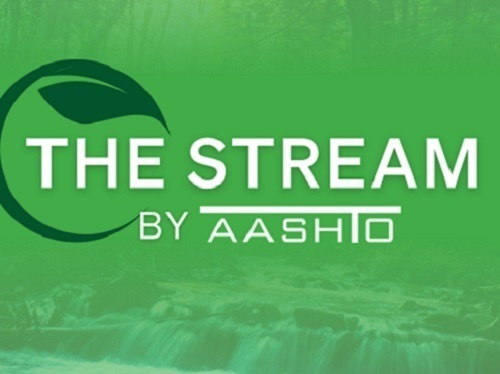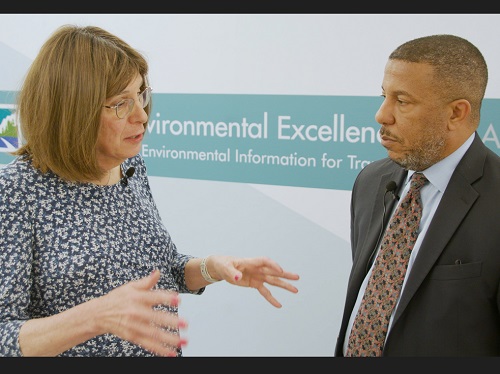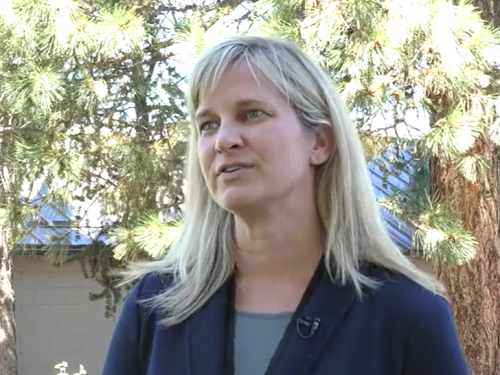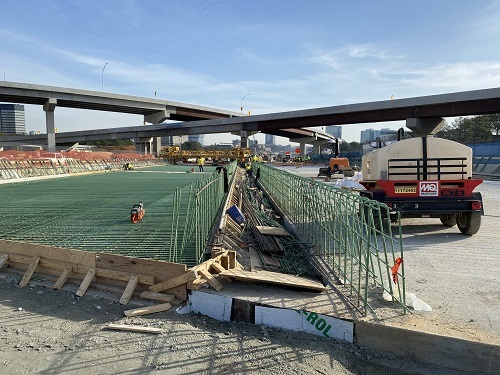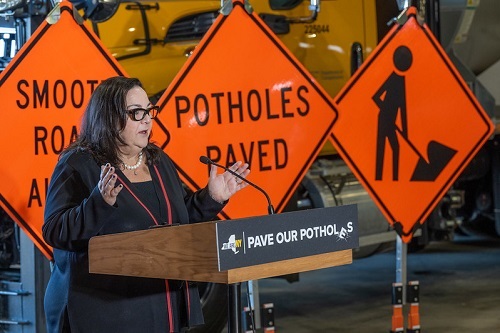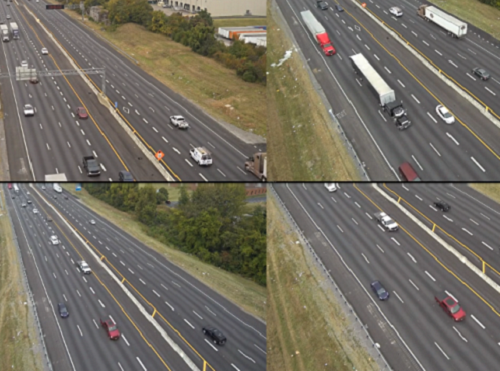The final episode of a four-part Environmental Technical Assistance Program or ETAP podcast series interviews key transportation officials about the ways to make mobility systems across the United States more attractive, equitable, and inclusive for all users. To listen to this episode, click here.
[Above: ETAP Podcast Host Bernie Wagenblast (left) with TxDOT’s Michael Bryant. Photo by AASHTO.]
The ETAP podcast – part of a technical service program for state departments of transportation provided by the American Association of State Highway and Transportation Officials – explores a wide array of environmental topics that affect transportation and infrastructure programs.
[To listen to the first three episodes in this equity podcast series, click here, here, and here.]
This podcast episode is comprised of interviews conducted at the 2023 AASHTO Annual Meeting – held November 13-16 in Indianapolis – following a knowledge session entitled “Stop, Look, Listen: Engaging Communities to Put Equity into Action.”
Experts interviewed for this ETAP podcast episode include: Tanya Smith, director of the Office of Civil Rights at the North Carolina Department of Transportation; Michael Bryant, director of the Office of Civil Rights for the Texas Department of Transportation; Gloria Jeff, livability director for the Minnesota Department of Transportation; and Angela Berry Roberson, senior advisor with the Office of Civil Rights within the U.S. Department of Transportation.
Those podcast participants discussed the ways state departments of transportation, transit agencies, and other mobility-focused organizations are working to create more partnerships with underserved communities and disadvantaged businesses across the country to help better identify current and future transportation and mobility needs.
“For me, I think civil rights is the foundation of where we are today with equity,” explained TxDOT’s Bryant on the podcast. “I think equity is taking the foundational principles from the Civil Rights Act of 1964 – the fight for equality and justice – and figuring out new ways to implement those principles into all things that we’re doing at state DOTs across the country.”
To listen to the full final episode of this four-part ETAP podcast series on transportation equity, click here.
